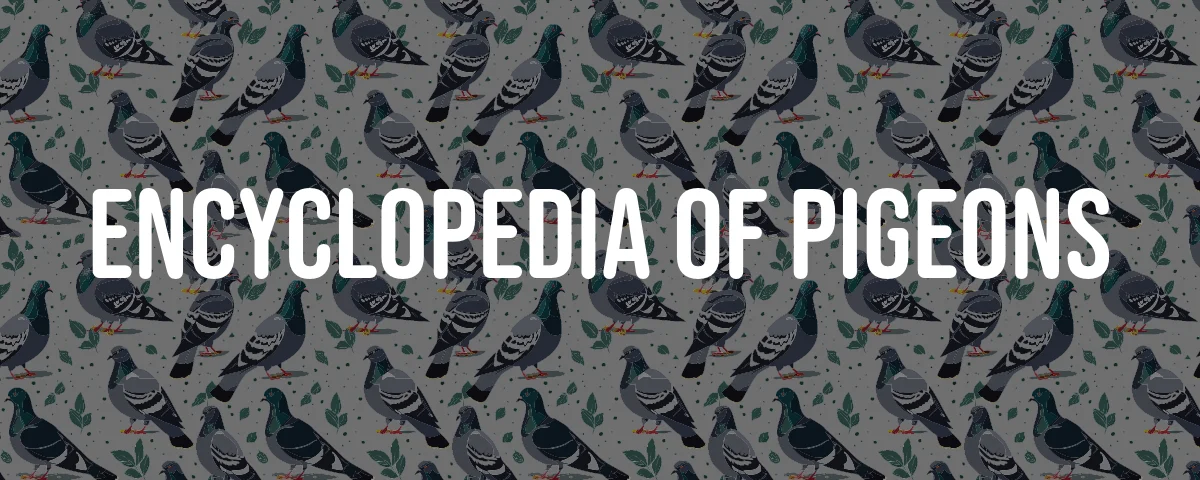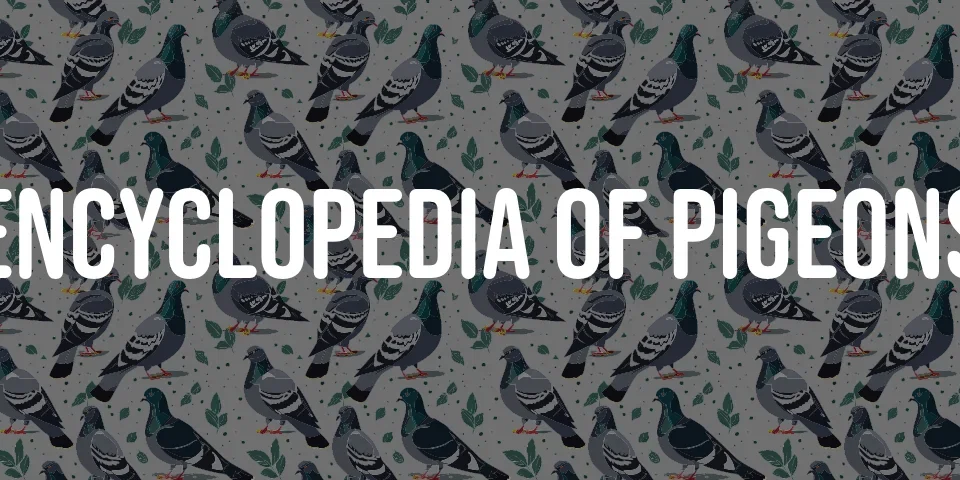The Sofia Tumbler, also known as the Sofia Pattern Crested, is a decorative breed of pigeon that originated in Bulgaria. This breed is known for its unique appearance and is classified under the Tumbler type of pigeons, which are distinguished by their ability to perform acrobatic flips or rolls while in flight. The Sofia Tumbler is one of the many breeds that showcase the diversity and creativity of pigeon breeding, a hobby that combines genetics and aesthetics to produce birds with distinct characteristics.
History and Origin
The Sofia Tumbler was developed in Bulgaria, a country with a rich tradition in pigeon breeding. The exact origins of the breed are not well-documented, but it is recognized as a variety that has been selectively bred for its decorative qualities and flying abilities. The breed is known by its Bulgarian name “Софийски Шарен С Качул” and has been a part of the Bulgarian pigeon fancy for some time.
Physical Description
Head and Neck
The Sofia Tumbler is characterized by its head shape, which can be crested or uncrested depending on the specific variety. The crested variety has a noticeable tuft of feathers on the head, adding to its decorative appeal. The neck of the Sofia Tumbler is proportionate to its body, contributing to its balanced appearance.
Body and Size
The body of the Sofia Tumbler is compact and well-built, with a sturdy structure that supports its tumbling flight. The breed is of medium size, making it agile and capable of performing the acrobatic maneuvers it is known for.
Plumage and Color
The plumage of the Sofia Tumbler is one of its most striking features. The breed exhibits a patterned coloration that adds to its ornamental value. The specific patterns and colors can vary, but they typically contribute to the breed’s overall aesthetic.
Beak and Eyes
The beak of the Sofia Tumbler is of average length and complements the head shape. The eyes are bright and alert, reflecting the bird’s active nature.
Behavior and Temperament
Tumbler pigeons, including the Sofia Tumbler, are known for their unique flying behavior, which includes the ability to perform backward somersaults or rolls during flight. This behavior is not only a spectacle for pigeon fanciers but also a testament to the breed’s agility and control in the air. The Sofia Tumbler, like other Tumbler breeds, is bred for this flying ability, which is often showcased in roller competitions.
Breeding and Genetics
The breeding of Sofia Tumblers, as with other pigeon breeds, involves selecting individuals with desirable traits to pass on to offspring. This selective breeding process is driven by both aesthetic preferences and the desire to enhance the breed’s flying abilities. The genetics of the tumbling behavior are complex and have been shaped over generations of selective breeding.
Care and Management
The care of Sofia Tumblers involves providing a suitable environment that includes a spacious loft, a balanced diet, and regular health check-ups to ensure the birds are in good condition. Training for tumbling is also a part of the management of these pigeons, with fanciers often developing close bonds with their birds through consistent training and interaction.
Key Data Table
| Feature | Description |
|---|---|
| Origin | Bulgaria |
| Breed Name | Sofia Tumbler (Sofia Pattern Crested) |
| Bulgarian Name | Софийски Шарен С Качул |
| Type | Tumbler |
| Crested Variety | Yes (Crested and uncrested varieties exist) |
| Body Size | Medium |
| Plumage | Patterned |
| Flying Ability | Acrobatic flips and rolls |
| Breeding | Selective breeding for appearance and flying ability |
| Care Requirements | Spacious loft, balanced diet, health monitoring, training |
Interesting Facts
- The tumbling behavior of Tumbler pigeons, including the Sofia Tumbler, is believed to have originated as a survival tactic to avoid aerial attacks by predators.
- Pigeon breeding is an art form that combines genetics and aesthetics, with fanciers often seeing themselves as artists who work with genes to create a certain look.
- The Sofia Tumbler is part of a diverse group of Tumbler pigeons, each with its own unique characteristics and flying behaviors.






